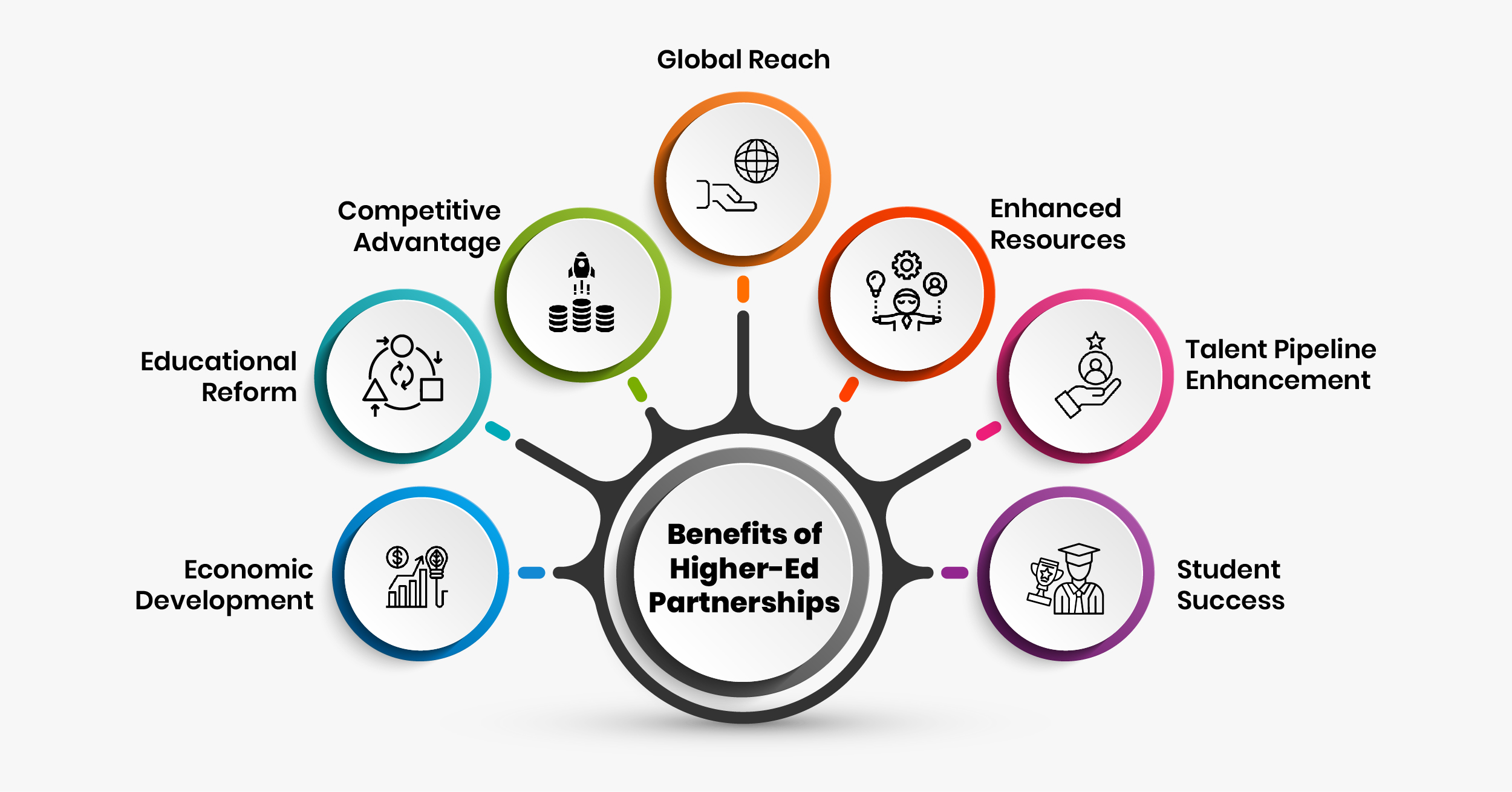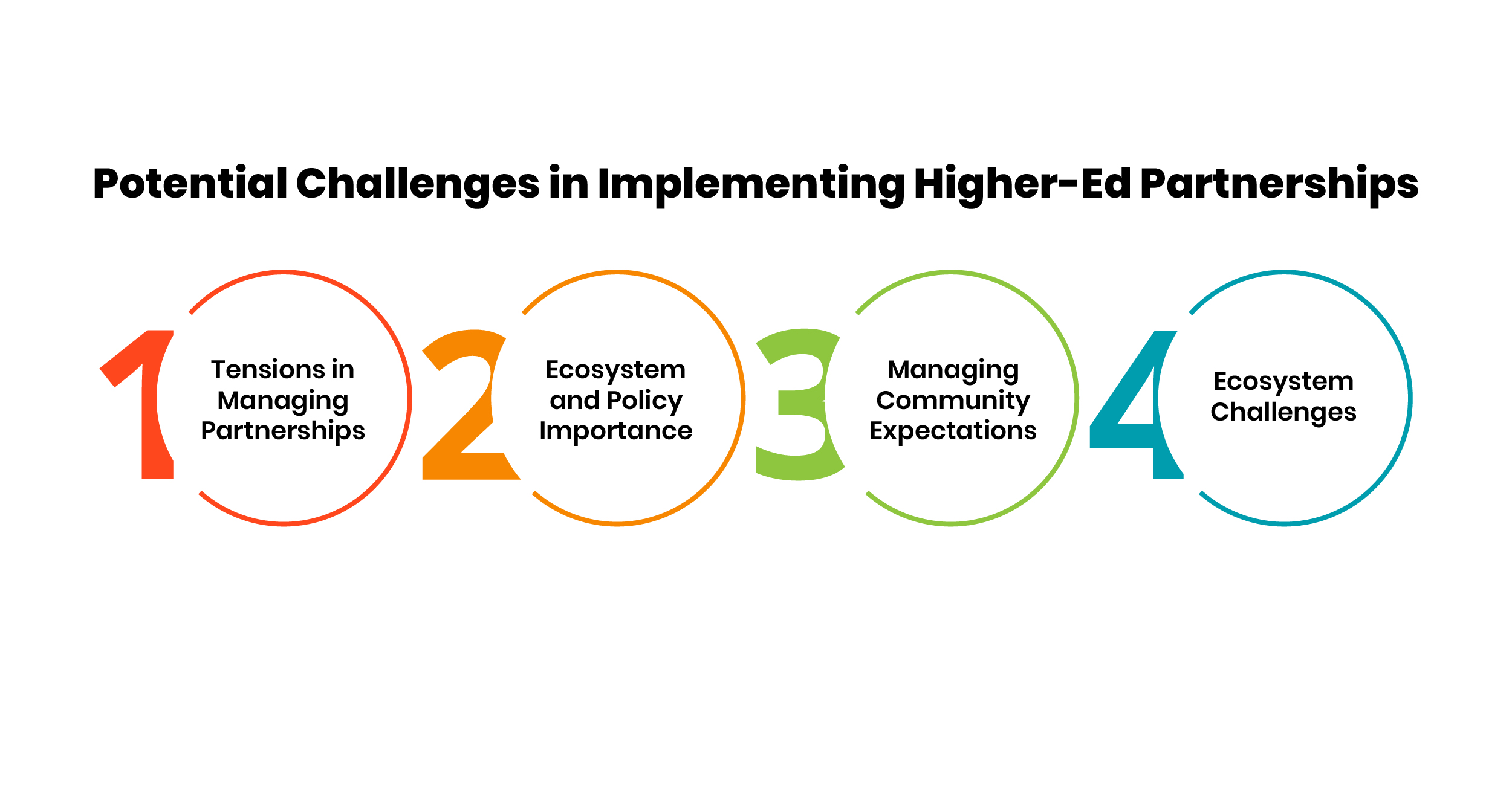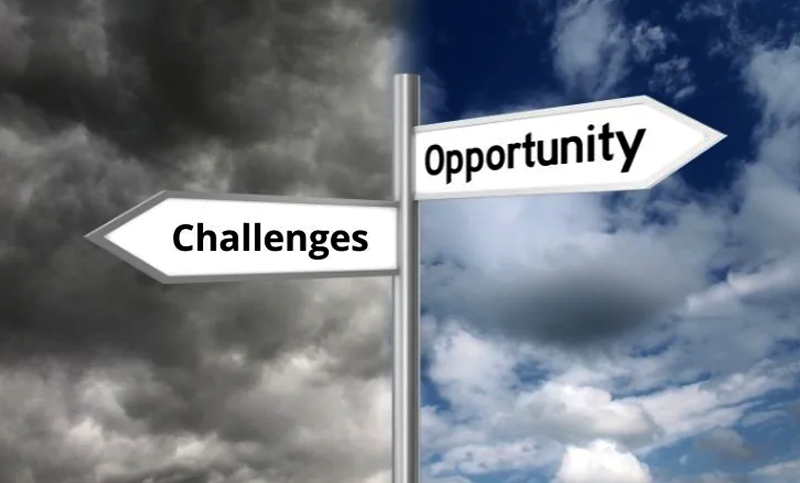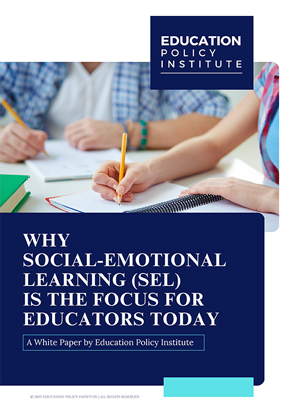Partnerships between higher education institutions and employers are invaluable for addressing businesses' expanding talent requirements. They provide a dependable means for employers to develop a skilled workforce, reducing training expenses and enhancing productivity and retention.
There was a time when academic excellence was everything, but today, we fail to find relevance in this statement. A university degree is unable to address the widening talent gap, making it essential for Higher-Ed Partnerships.
Let’s explore these education partnerships and understand how they provide a dependable means for employers to develop a skilled workforce.
Defining a Higher-Ed Partnership
So, we come to the main question–– what does Higher-Ed Partnerships mean?
A higher education partnership is between businesses and educational institutions, aimed at addressing talent shortages in specific job categories and can provide students with first-hand experiences and insights into various industries.
These collaborations often involve joint initiatives, resource-sharing, and knowledge exchange to enhance academic excellence, expand opportunities for students and faculty, and address common challenges. Such collaborations can extend beyond institutional boundaries, involving stakeholders like industry, government, or non-profit organizations, creating a dynamic ecosystem that enriches the educational experience. They pave the way for internships, mentorship programs, and workshops, equipping students with the knowledge and exposure necessary to pursue careers in fields that may have previously seemed unattainable.
It's worth noting that engaging in such partnerships with multiple institutions is important for fulfilling talent needs in today’s talent market.
How do These Partnerships Work?
Educational partnerships provide valuable workforce experience to students through internships and co-op programs. These initiatives are designed to equip students with real-world skills and insights, facilitating a smooth transition into the professional arena upon graduation. Moreover, the emergence of micro-credential programs addresses industry-specific demands for specialized skill sets, providing students with affordable pathways for skill development, upskilling, and career advancement. By aligning educational offerings with industry needs, these partnerships enhance students' competitiveness in the job market.
Benefits of Higher-Ed Partnerships
A recent study showed that partnerships in the education industry are more widespread today than in the past. And why wouldn’t they be? There are numerous ways in which both sides benefit from these higher-ed partnerships.

- Global Reach: Partnerships enable educational institutes to expand their reach beyond national borders, fostering international collaborations.
- Enhanced Resources: Educational partnerships supplement college resources, providing students with access to global competencies and diverse learning opportunities.
- Talent Pipeline Enhancement: Higher-ed partnerships provide employers with a reliable way to cultivate an educated and trained workforce.
- Student Success: Partnerships focus on preparing students for college, particularly benefiting underserved groups through targeted programs and support services.
- Economic Development: Partnerships contribute to economic development through technology transfer initiatives and alignment of workforce training with industry needs.
- Educational Reform: Collaborations support educational reform efforts, aiming to improve student outcomes and address systemic challenges within educational systems.
- Competitive Advantage: Partnerships in the education industry allow institutions to expand services and remain competitive in the higher education landscape.
How to Plan Sustainable Partnerships in Higher Education?
You can plan a sustainable education partnership in the following three-step plan:
-
Step 1: Identify Collaboration Opportunities:
You must consider the necessity of collaboration for financial viability and enhancing value to students before opting out for partnership opportunities. You need to understand that collaboration can take various forms beyond mergers or acquisitions— with academic alliances being the most common. Identify administrative, service, and academic departments that would benefit most from collaboration. -
Step 2: Structure Potential Partnerships :
Successful partnerships rely on selecting partners with a shared vision rather than solely focusing on proximity. Overcoming internal resistance and control challenges is crucial. It is essential to evaluate the feasibility by considering factors like geography and strategic fit. Additionally, establishing clear operational mechanisms and decision-making processes is vital. Prioritizing these aspects enhances the potential for fruitful and enduring partnerships. -
Step 3: Sustain Partnership Benefits :
The primary focus of partnerships should be on sustaining long-term benefits, which involves prioritizing student benefits, exploring cost-saving opportunities, and enhancing student value through expanded services and academic offerings. By realizing potential cost-cutting benefits and prioritizing student welfare, partnerships can evolve to deliver value over time.
Additional strategies include—- Establish leadership and facilitate honest dialogue at the highest level of engagement.
- Develop a clear business case supported by concrete data and measurable objectives.
- Create a joint, adaptable team to manage the partnership effectively.
- Design partnerships with scalability and replicability as central considerations.
- Utilize economic development funds provided by states to support initiatives.
Potential Challenges in Implementing Higher-Ed Partnerships
A fundamental principle of partnership is the belief that it brings benefits by leveraging the strengths of individual partners— creating an ultimate win-win situation. However, partnerships in the education industry do not always succeed as there are potential challenges that come along with it:

-
Tensions in Managing Partnerships:
Higher-ed partnerships present various challenges. These challenges involve ensuring that policies align coherently, balancing financial considerations with intellectual priorities, and fostering strategic partnerships. -
Ecosystem and Policy Importance:
Effective determinants of higher education partnerships are crucial for the success of the knowledge-based economy. When these determinants are not properly established or implemented, several negative outcomes may arise like missed opportunities, inefficiency, low impact, and more. -
Managing Community Expectations:
Clear communication with community partners regarding students' capabilities and setting realistic project goals is crucial. Without clear communication, educational partnerships can result in missed learning opportunities for students and damage relationships. -
Ecosystem Challenges:
Limited research explores challenges in university-industry ecosystem partnerships. The effective operation of ecosystems hinges on interactions between multiple elements, yet challenges persist in university-industry partnerships, including low technological demand, limited communication, and the adoption of innovations.
Final Thoughts
Education partnerships are essential in today’s landscape to address talent gaps. These collaborations facilitate the expansion of talent pipelines, enhance employee productivity and retention, and increase competitiveness for businesses. However, forming effective higher education partnerships is not a quick solution; it demands a genuine commitment to navigate structural and process challenges. Above all, these partnerships must prioritize the needs of prospective students above all else.





